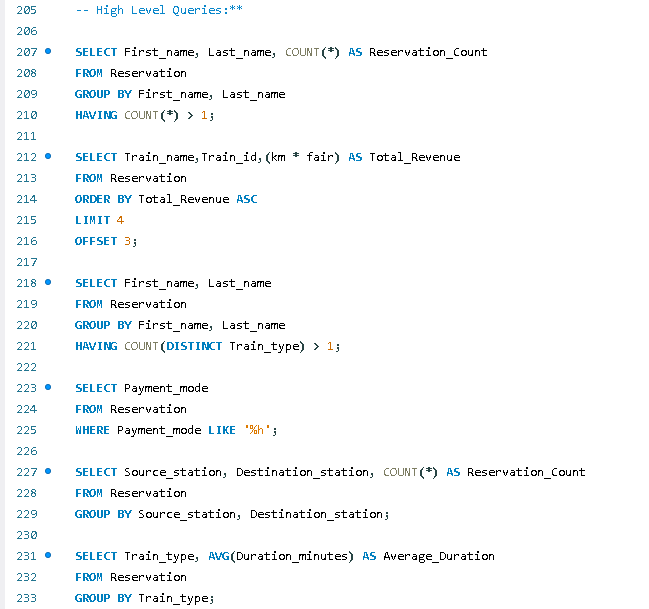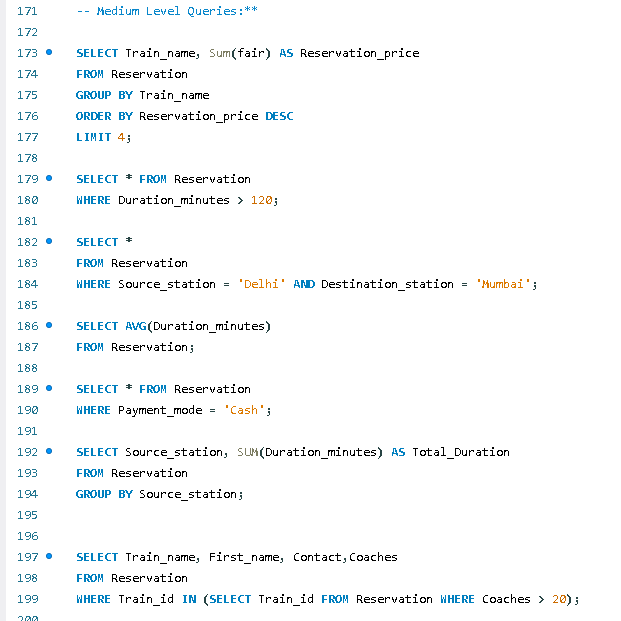AUGUST 2024

Transit Reservation System Analysis
This project analyzes the transit reservation system, focusing on identifying booking patterns, cancellations, and customer behavior to optimize the system and improve customer satisfaction.
Data Collection
The dataset includes reservation dates, travel dates, route information, customer details, payment methods, and cancellations. Data was extracted using SQL queries.
Data Preprocessing
Several steps were followed to clean the data:
- Handling Missing Data: Missing values in reservations and customer details were imputed.
- Feature Engineering: New features like lead time (days between booking and travel) and customer frequency (number of trips per customer) were added to the dataset.
Exploratory Data Analysis
The EDA uncovered several key insights:
- Peak Travel Times: Most reservations were made for weekday mornings and evenings, with a surge in bookings on Fridays.
- Popular Routes: Route A-B had the most bookings, while Route C-D had the fewest.
- Cancellations: The majority of cancellations occurred within 24 hours of the travel date.
Optimization Suggestions
Based on the analysis, the following optimizations were suggested:
- Dynamic Pricing: Implement dynamic pricing during peak times to maximize revenue.
- Capacity Planning: Add more buses to high-demand routes during peak hours.
- Customer Loyalty Program: Introduce a loyalty program to encourage repeat bookings for frequent travelers.
Conclusion & Recommendations
The analysis revealed opportunities to optimize pricing and capacity allocation, as well as improve customer retention through loyalty programs. Implementing these strategies can increase operational efficiency and customer satisfaction.
